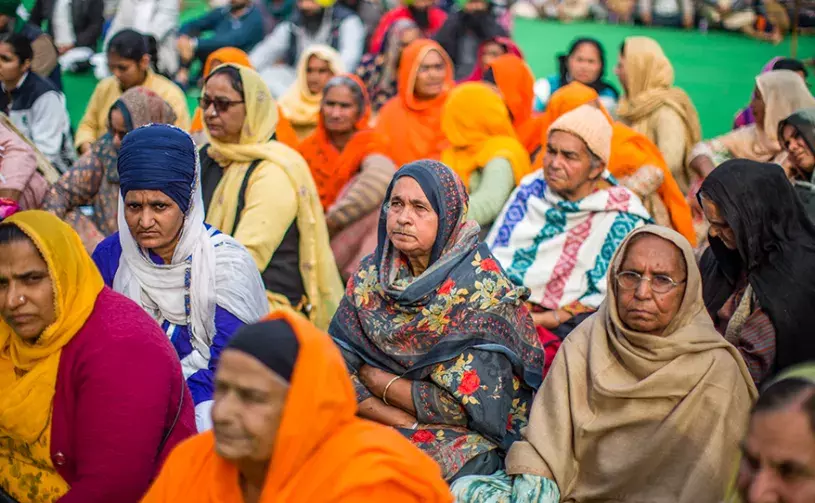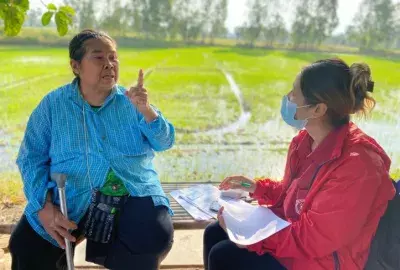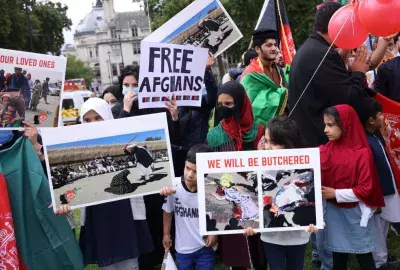Error message

In August 2020, thousands of farmers, mostly from Punjab, Haryana, and western Uttar Pradesh, gathered on the outskirts of India’s national capital, New Delhi, to protest the passage of three controversial “farm laws” perceived by these farmers as threats to their livelihoods and well-being. Though the farm laws would affect only a small percentage of India’s farmers, over the next 16 months the protests attracted participation from across the country, cutting across class, caste, gender, and religious identities. While the proximate driver seemed to be the farmers’ fear of losing legal protections against a collapse in the market price of their produce, broader economic, ecological, and social factors helped trigger the movement. The protestors employed several strategies that made their movement successful enough in pushing back against a hugely popular government to bring about a repeal of the laws the farmers objected to.
Photo: Indian women farmers listen to speaker as they sit in a protest against the new farm laws on December 11, 2020 at the Delhi-Haryana state border, India. Braving cold temperatures, thousands of farmers, mostly from the Indian states of Punjab, Haryana and Uttar Pradesh, are camping for the past two weeks on the peripheries of India's national capital to protest three agricultural laws which they allege have been passed by the Narendara Modi-led government to benefit large corporates. Unions representing the farmers have rejected the governments draft proposal to amend the laws, while moving the country's apex court for their repeal and announcing an intensified stir which includes blocking of major highways leading to the capital New Delhi and a nationwide shutdown until their demands are met. (Photo by Yawar Nazir/Getty Images)
In August 2020, thousands of farmers, mostly from Punjab, Haryana, and western Uttar Pradesh, gathered on the outskirts of India’s national capital, New Delhi, to protest the passage of three controversial “farm laws” perceived by these farmers as threats to their livelihoods and well-being. Though the farm laws would affect only a small percentage of India’s farmers, over the next 16 months the protests attracted participation from across the country, cutting across class, caste, gender, and religious identities. While the proximate driver seemed to be the farmers’ fear of losing legal protections against a collapse in the market price of their produce, broader economic, ecological, and social factors helped trigger the movement. The protestors employed several strategies that made their movement successful enough in pushing back against a hugely popular government to bring about a repeal of the laws the farmers objected to.
Photo: Indian women farmers listen to speaker as they sit in a protest against the new farm laws on December 11, 2020 at the Delhi-Haryana state border, India. Braving cold temperatures, thousands of farmers, mostly from the Indian states of Punjab, Haryana and Uttar Pradesh, are camping for the past two weeks on the peripheries of India's national capital to protest three agricultural laws which they allege have been passed by the Narendara Modi-led government to benefit large corporates. Unions representing the farmers have rejected the governments draft proposal to amend the laws, while moving the country's apex court for their repeal and announcing an intensified stir which includes blocking of major highways leading to the capital New Delhi and a nationwide shutdown until their demands are met. (Photo by Yawar Nazir/Getty Images)







